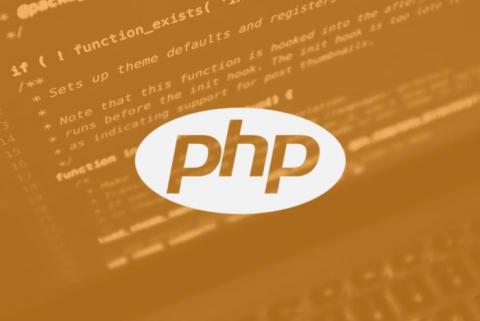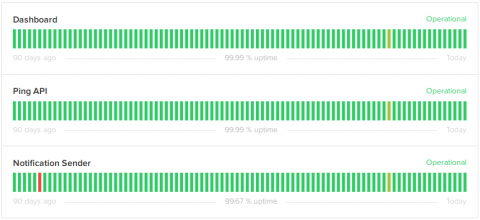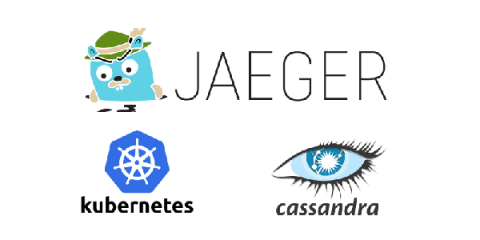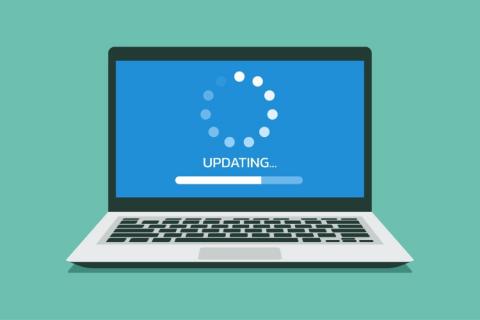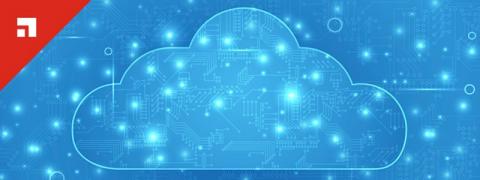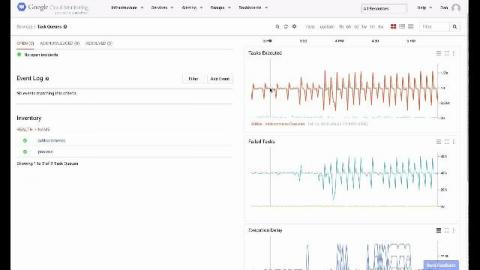Operations | Monitoring | ITSM | DevOps | Cloud
Latest Posts
PHP Json_encode: Serialize PHP Objects to JSON
PHP is a server-side scripting language for creating your website’s backend system that can serve webpages, communicate with databases, and exchange data over the internet. A decent backend framework like PHP needs to be capable of providing and processing data in any format (e.g., XML, JSON, etc.) to be socially accepted in a society of skilled web development frameworks.
Stateful Kubernetes Workloads on vSphere with RKE
Stateful workloads in Kubernetes need to be able to access persistent volumes across the cluster. Storage Classes represent different storage types in Kubernetes. A storage provisioner backs each storage class. Most commonly used cloud providers have storage provisioners, which offer different capabilities based on the underlying cloud. There are also a wide variety of storage provisioners available to Kubernetes, based on the cloud provider in use.
Healthchecks.io Status Page Facelift
The Healthchecks.io system status page at status.healthchecks.io recently received a revamp. Here are my notes on the new version. First up, the components section shows the current and historic status of components: Dashboard shows the status of the main website, healthchecks.io. “Operational” state here means the website responds to HTTP requests, and has a working connection to the PostgreSQL database.
Distributed tracing using Jaeger with Cassandra
With microservices becoming popular, tracing is increasingly more important in debugging production software. In this post, we take you through a step by step guide on setting up Jaeger over Kubernetes with Cassandra storage.
It's all about User Experience! New release available for MetrixInsight for CVAD
It’s all about User Experience! New release available for MetrixInsight for CVAD. A CITRIX® Ready SCOM Management Pack for Citrix Virtual Apps and Desktops. We have included some new important metrics to measure User Experience for Citrix based SBC/VDI: Session Round Trip Time, also known as ICA Round Trip Time (ICA RTT).
Your Personal IT Assistant: Ivanti Cloud
For many IT organizations, widescale remote working brings new requirements for supporting both end-users and assets. This is stretching resources and capabilities for many IT teams as they adapt to this change without compromising quality or security. Until recently, the office was the traditional hub of connectivity—not just to business systems, but also among employees.
Monitoring service health and downtime events within your Google Cloud with Zenduty
Google Cloud Platform (GCP) is a collection of Google’s computing resources, made available via services to the general public as a public cloud offering. The GCP resources consist of physical hardware infrastructure — computers, hard disk drives, solid-state drives, and networking — contained within Google’s globally distributed data centers, where any of the components are custom designed using patterns similar to those available in the Open Compute Project.
Making Machine Learning Accessible to More Users
As we connect with customers we increasingly hear the need for teams to be more predictive with their data. A big challenge is uncertainty around how to get started, especially when much of their data is unstructured. At Splunk, our goal is to make data — and machine learning — accessible for a broad range of users. The good news is, with machine learning doing even more work on your behalf, you don’t need to be a data scientist to use these advanced capabilities.
3 Tips for Building a Strong Unified Cloud Security Strategy
In a world full of threats targeting data as well as stringent compliance mandates, it’s never been more important to create a strong unified cloud security strategy. But as cloud environments become more complex and diverse, it’s also never been more difficult. Even if you’re partnering with a notably secure provider, it’s still important to understand your security responsibility and to be proactive about protecting your data in the cloud.



